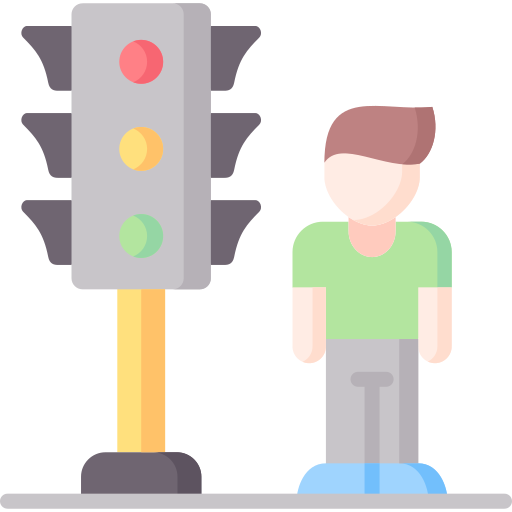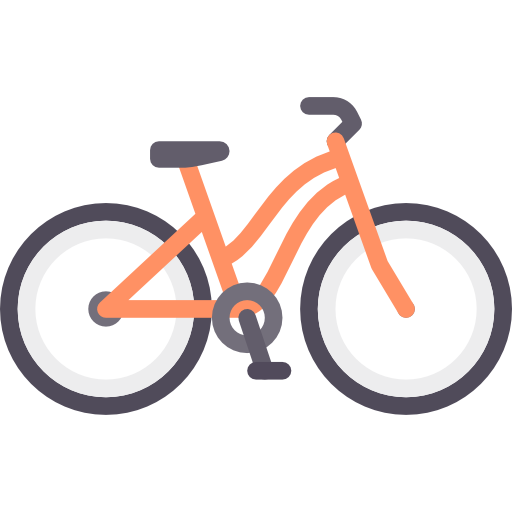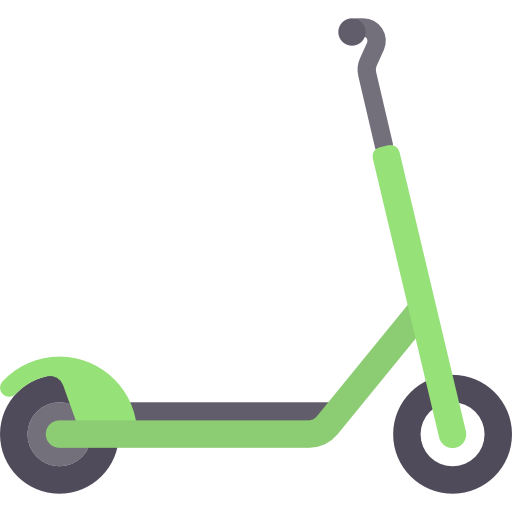Motor Vehicles
Motor vehicle collisions (MVCs) are the leading cause of unintentional injury death across all ages in BC, with an estimated cost per crash estimated at $8.4 million in 2018. Most MVCs result in injuries to occupants, but injury also occurs among pedestrians, cyclists, and motorcyclists – otherwise known as 'vulnerable road users'. Impaired driving, distracted driving, and speeding are the leading risk factors for MVCs.
B.C. Road Safety Strategy. The B.C. Road Safety Strategy is British Columbia's plan to improve road safety in the province. It brings together over 60 organizations who are working to make B.C.'s roads North America's safest. The strategy's goals are zero fatalities and serious injuries on our roads. The strategy comprises of two reports:
Road Safety Strategy 2015 and Beyond and
Moving to Vision Zero.
Vision Zero. Vision Zero is a multi-national traffic safety initiative, based on the philosophy that no loss of life in road transport is acceptable. The main goal of Vision Zero is to achieve zero fatalities or serious injuries on the road. The
B.C. Road Safety Strategy is aligned with Vision Zero, as well as the Safe System Approach, which acknowledges that human error is unavoidable, and is therefore focused on creating a system that works by design to make road user deaths and serious injuries almost impossible outcomes. Read more about Vision Zero and the Safe System Approach.
Vulnerable Road Users
Vulnerable road uses – typically including pedestrians, cyclists and motorcyclists – suffer disproportionate adverse consequences from motor vehicle collisions. In British Columbia, pedestrians and cyclist fatalities represent 27% of all MVC-related fatalities.

Pedestrian Safety
Nearly 1 in 5 people killed in car crashes every year in B.C. are pedestrians, according to the Insurance Corporation of British Columbia (ICBC). Top contributing factors for drivers in crashes involving pedestrians are distraction, failure to yield right of way, and weather. Crashes involving pedestrians happen most often in fall and winter, at intersections, from 3-6pm, and on Thursdays and Fridays.
Speed reduction is an important factor in overall pedestrian and cyclist safety. A vulnerable road user struck by a car traveling at 50 km/hr is eight times more likely to be killed than if struck at 30 km/hr. Even small reductions in speed can be significant. For each 1.6 km/hr reduction in average speed, collisions are reduced by five per cent. Reducing vehicle speed has been proven to be effective in preventing crashes and reducing the severity of injuries. At a speed of 30km/hr, vehicles and pedestrians are both relatively safe; drivers have sufficient time to stop for pedestrians and pedestrians can make better crossing decisions.
For further information on pedestrian injuries and tips to reduce risk, please see the following links:

Bicycles
Cycling is healthy, affordable, convenient and good for the environment. However, people can be injured while cycling, and cyclists are particularly vulnerable to significant injuries or death in crashes with cars. Keeping cyclists safe starts with a safe environment, including reduced speed limits and separated bike lanes. However, there are things that individuals can do to keep everyone safe. For ways to reduce risk for cyclists and drivers, see
these tips from ICBC and the following additional resources:

Motorcycles
Motorcycles are estimated to make up about three percent of insured vehicles, but are involved in approximately ten percent of road fatalities. Motorcycles are smaller than passenger vehicles, harder to see, and don't have the same protections as cars (frame, seatbelts, airbags). Motorcyclists are also considered vulnerable road users because motorcycles only have two points of contact with the road, requiring control on the part of the driver to maintain balance, speed and traction to prevent collisions. For further information on motorcycle injuries and tips to reduce risk, please see the following links:

Micro-mobility
Micro-mobility refers to ways of getting around on small-wheeled devices that aren't cars (human powered and electric powered). Examples include skateboards, push-scooters, rollerblades, e-scooters and hoverboards. Users of these devices should know the rules of the road for these devices, and where it's ok to cycle, ride and skate in their jurisdiction. In Vancouver, this information can be found
here.

